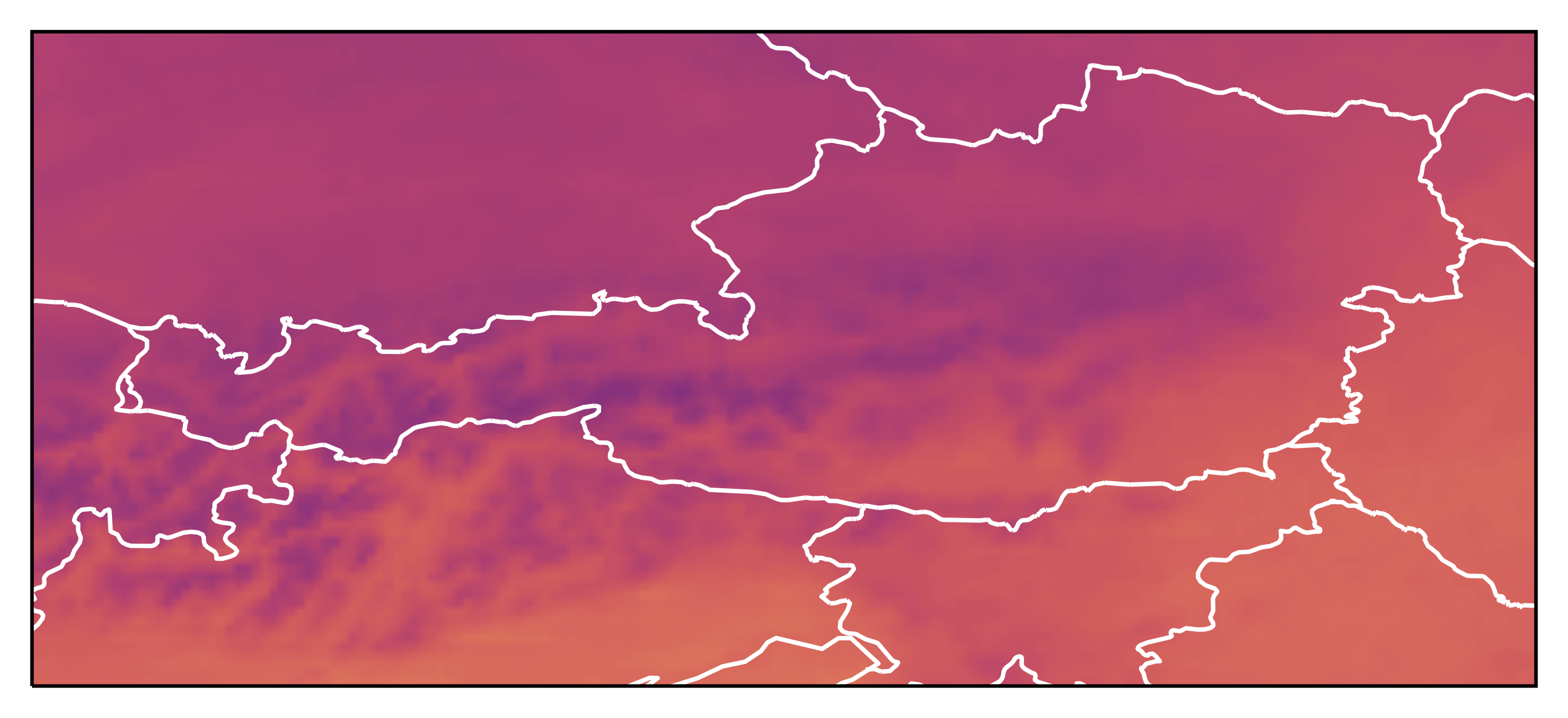
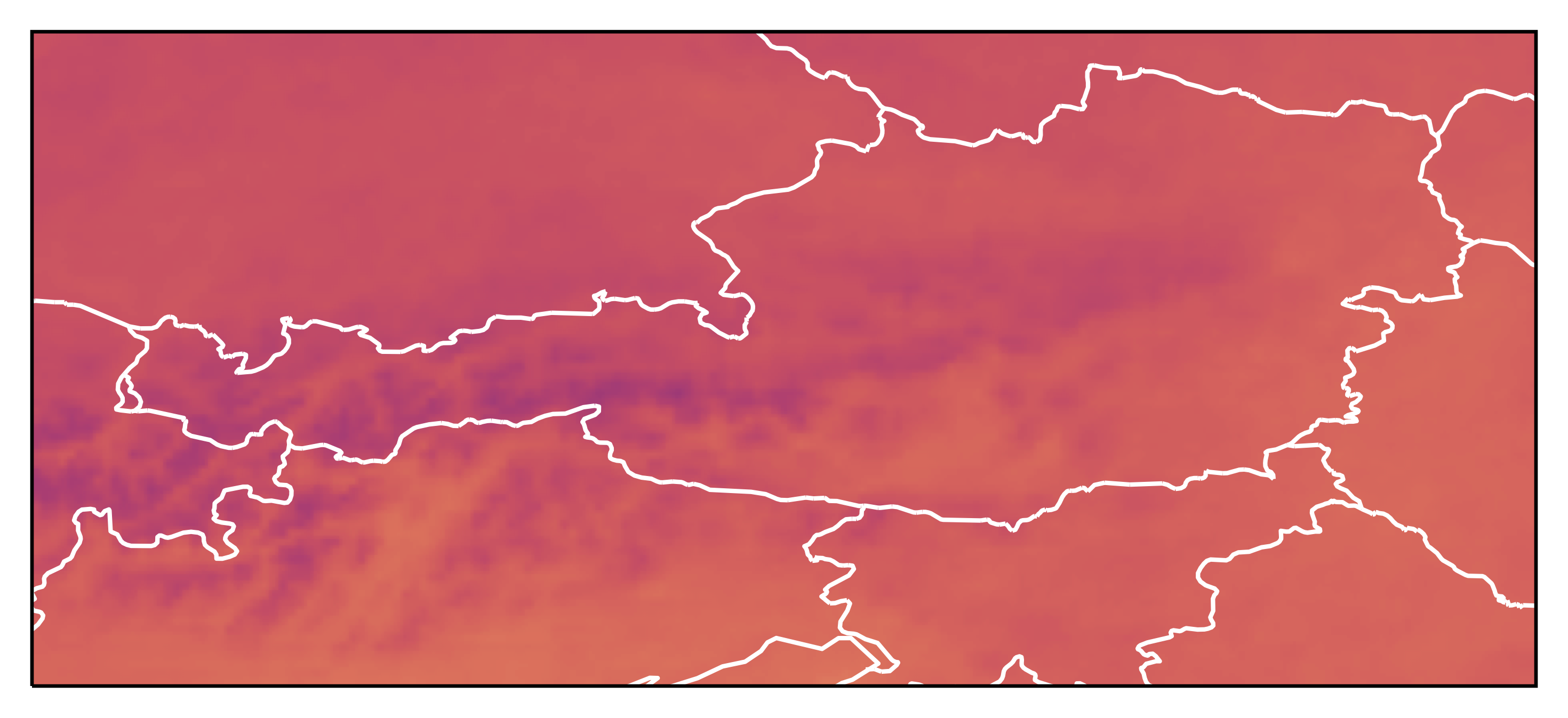
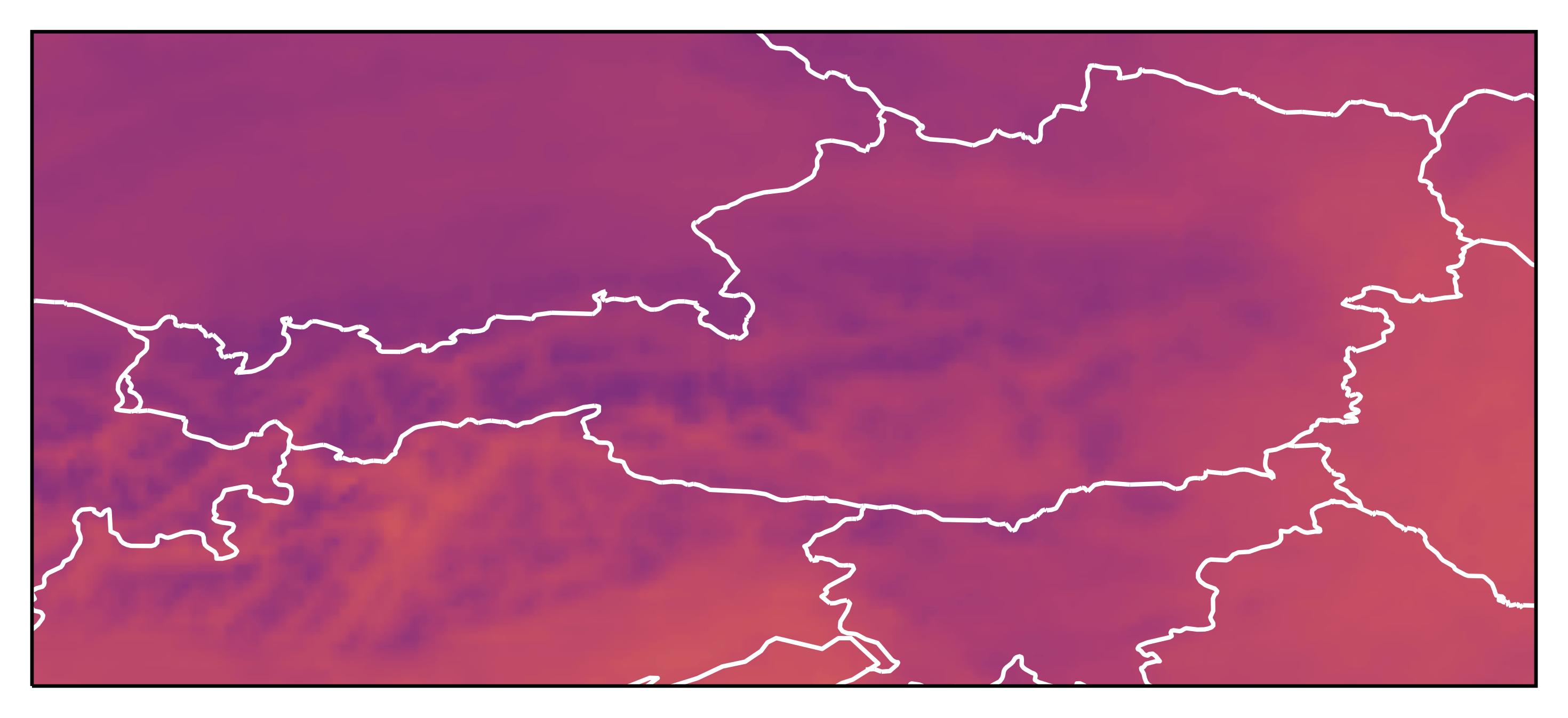
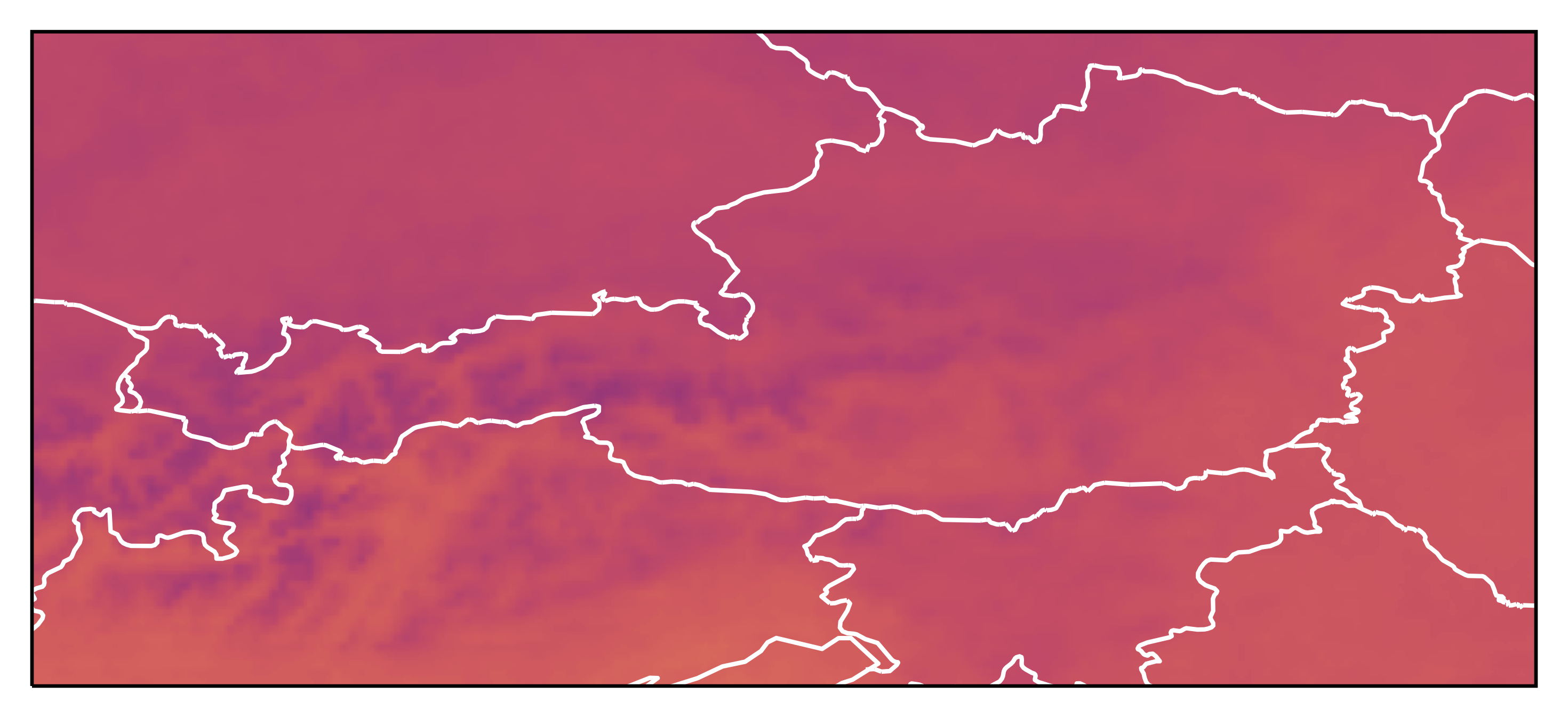
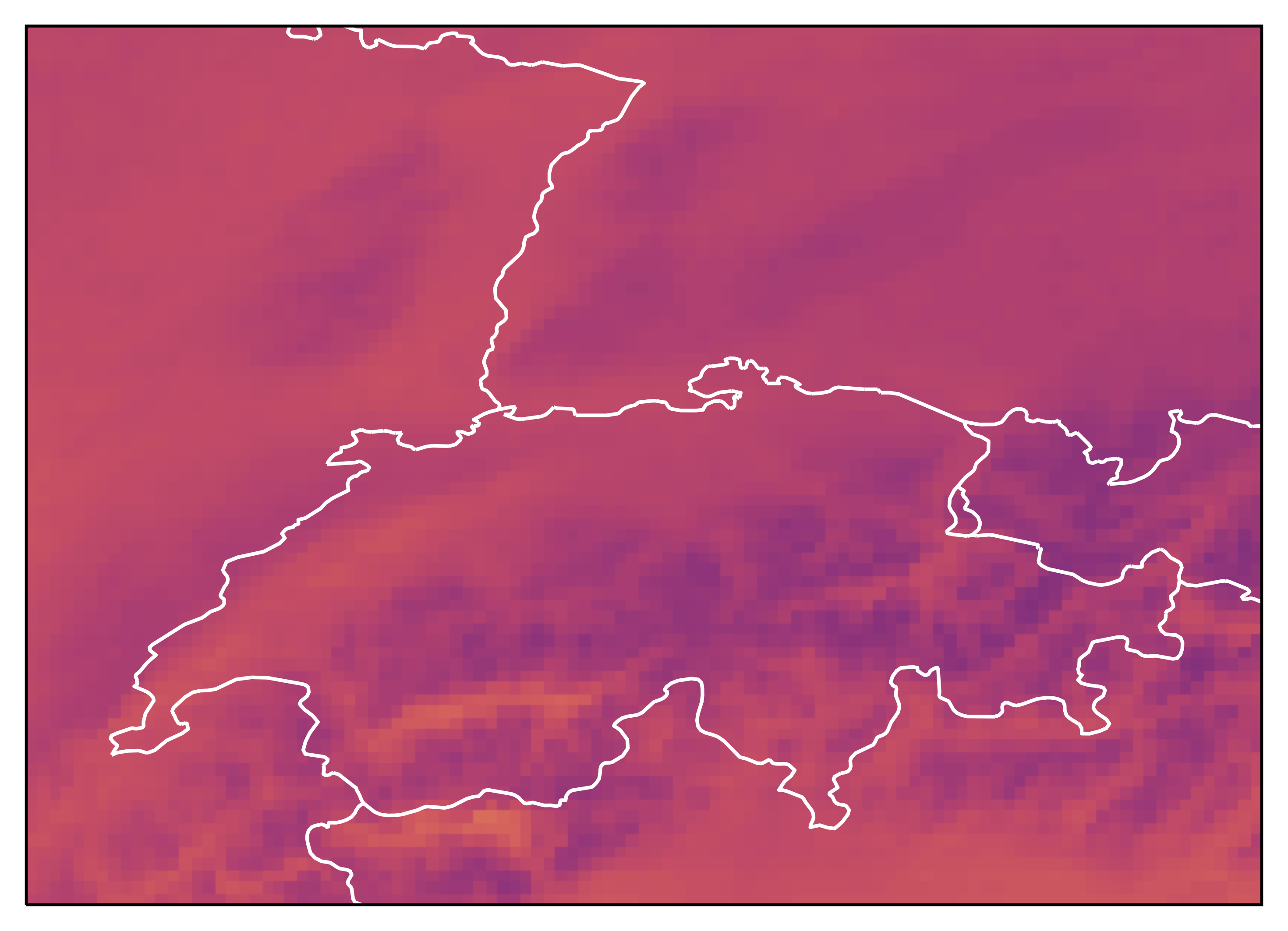
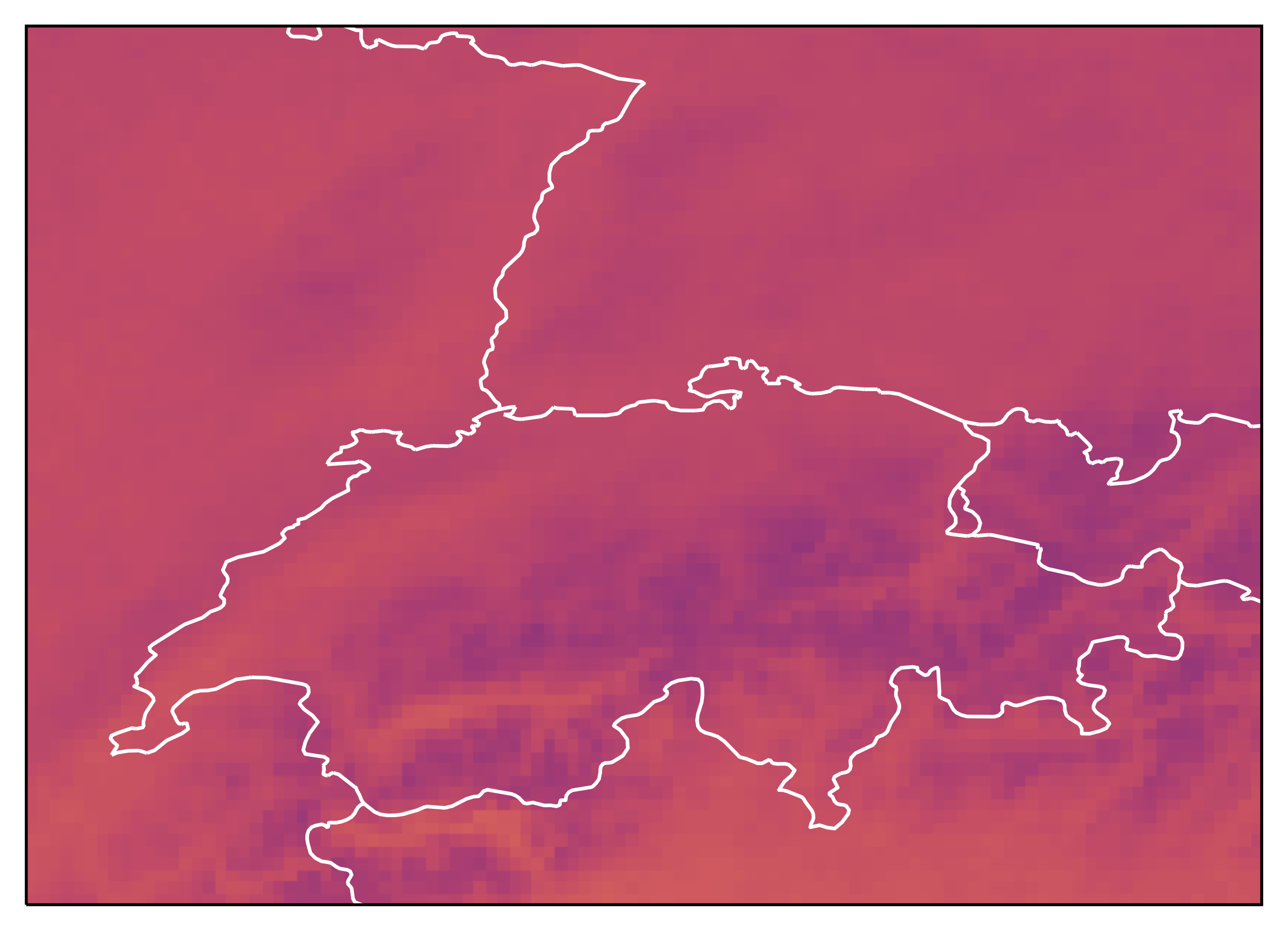
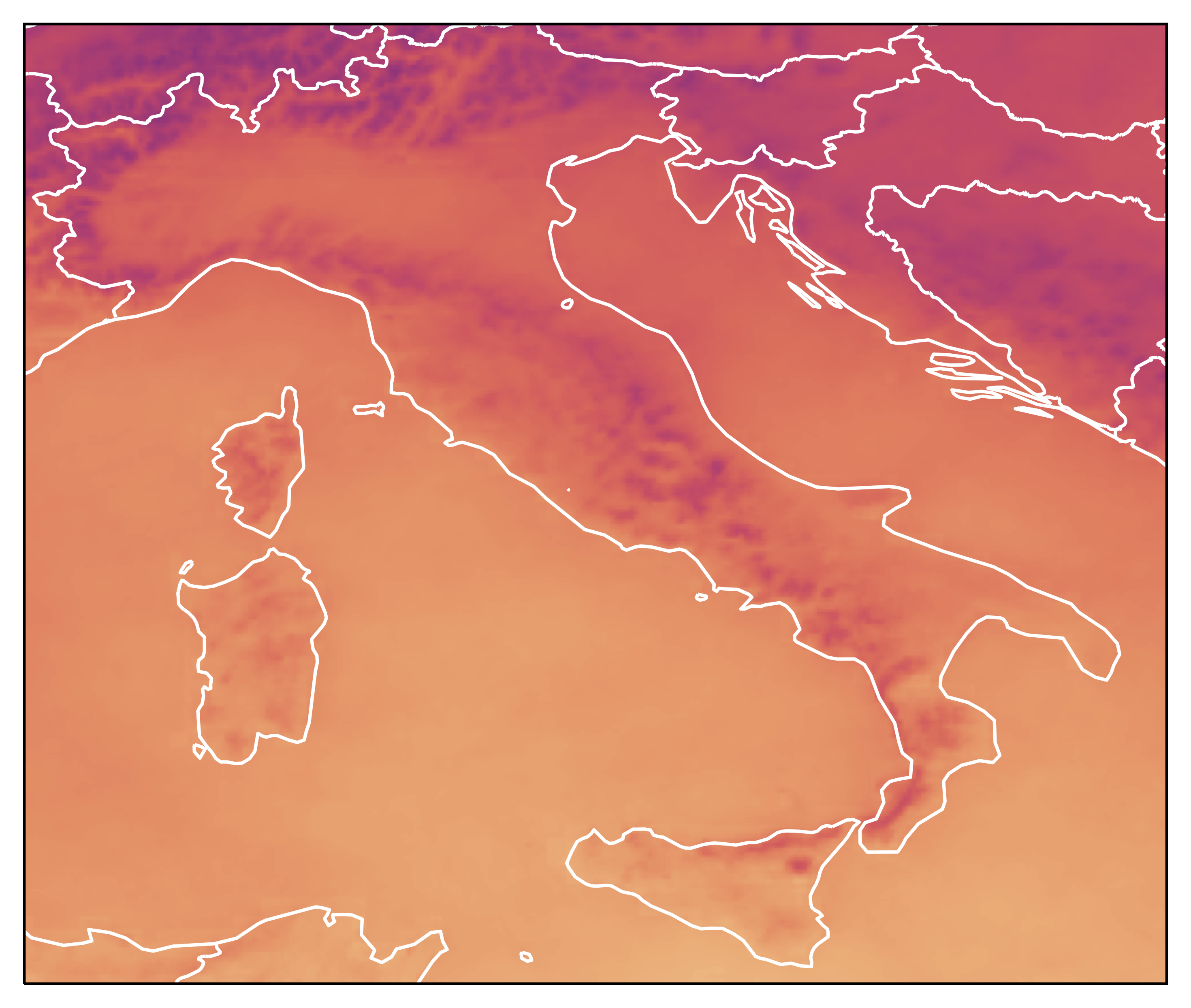
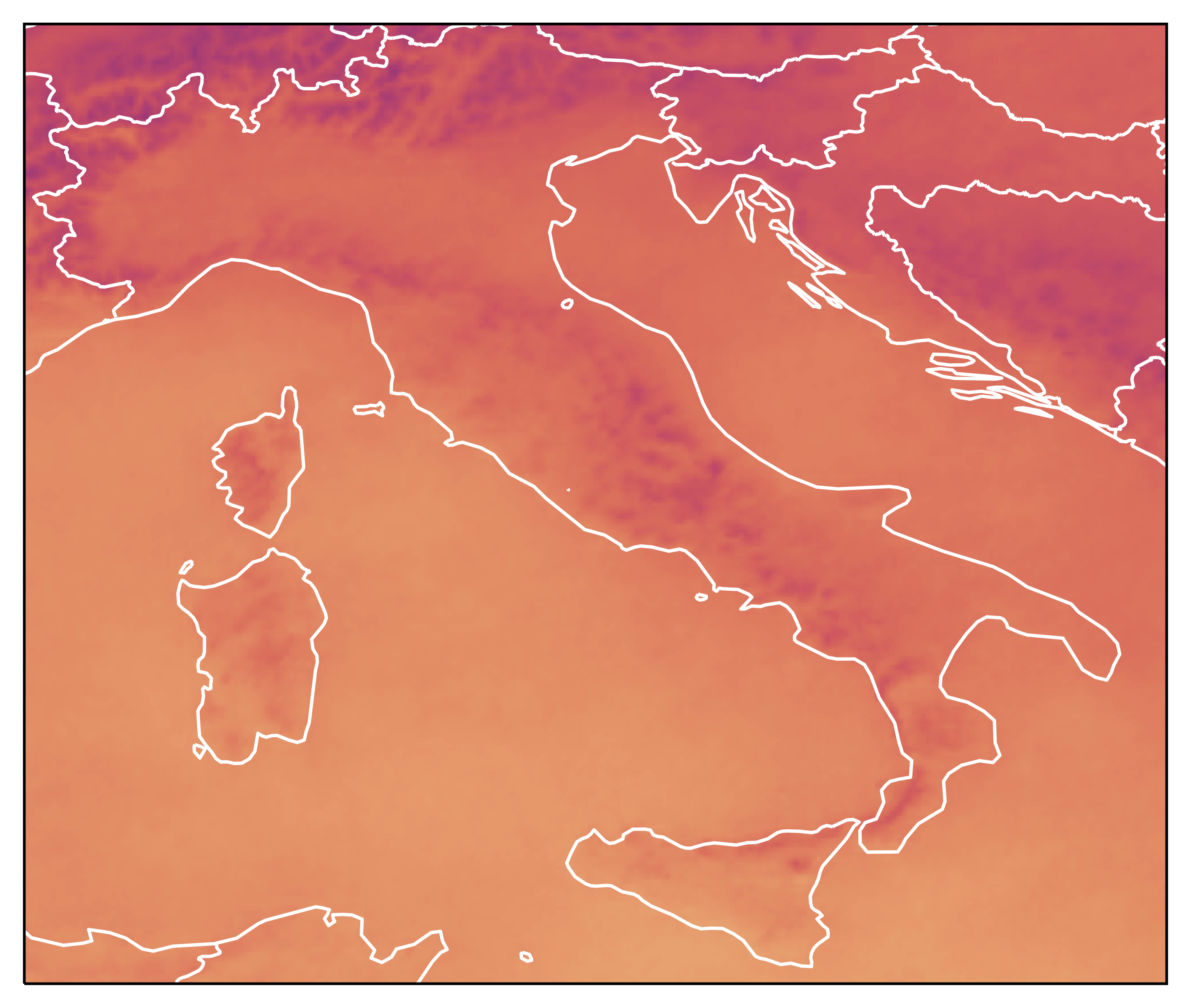
In order to facilitate the shift towards sustainable practices and to support the transition to renewable energy, there is a requirement for faster and more accurate predictions of solar irradiance. Surface solar energy predictions are essential for the establishment of solar farms and the enhancement of energy grid management. This paper presents a novel approach to forecast surface solar irradiance up to 24 hours in advance, utilizing various machine and deep learning architectures. Our proposed Machine Learning (ML) models include both point-based (1D) and grid-based (3D) solutions, offering a comprehensive exploration of different methodologies. Our forecasts leverage two days of input data to predict the next day of solar exposure at country scale. To assess the models' performance, extensive testing is conducted across three distinct geographical areas of interest: Austria (where models were trained and validated), Switzerland and Italy (where we tested our models under a transfer learning regime), and sensitivity to the season is also discussed. The study incorporates comparisons with established benchmarks, including state-of-the-art numerical weather predictions, as well as fundamental predictors such as climatology and persistence. Our findings reveal that the ML-based methods clearly outperform traditional forecasting techniques, demonstrating high accuracy and reliability in predicting surface solar irradiance. This research not only contributes to the advancement of solar energy forecasting but also highlights the effectiveness of machine learning and deep learning models in being competitive to conventional methods for short-term solar irradiance predictions.
The gallery below presents results on three areas of interest, putting in comparison one our model and the ground thruth. Use the slider and gestures to reveal details on both sides.








Flowchart of our forecasting procedure: surface solar irradiances obtained from Meteosat data are extracted over the region of interest (elevation with grey shadings, top plots). For grid-point predictions (bottom plots), a 2-day time series (bottom left, 48h) is used as input for ML models, providing a day ahead (bottom right, 24h) prediction.

We compare the overall forecast results of all the models, i.e. the results of a 24 hours-ahead prediction averaged over time sequences spanning from 2012 to 2017. The bLSTM model outperforms other models in terms of normalized mean absolute error (nMAE). Note that normalization is done separately by season, since annual variations are very large. This indicates that the bLSTM model is the most accurate model for forecasting solar irradiance values.

Refer to the pdf paper linked above for more details on qualitative and quantitatives results.
@InProceedings{sis2024forecasting,
title={Machine Learning Forecast of Surface Solar Irradiance from Meteo Satellite Data},
author={Sebastianelli, Alessandro and Serva, Federico and Ceschini, Andrea and Paletta, Quentin and Panella, Massimo and Le Saux, Bertrand},
journal={Remote Sensing of Environment},
publisher={Elsevier}
year={2024}
}